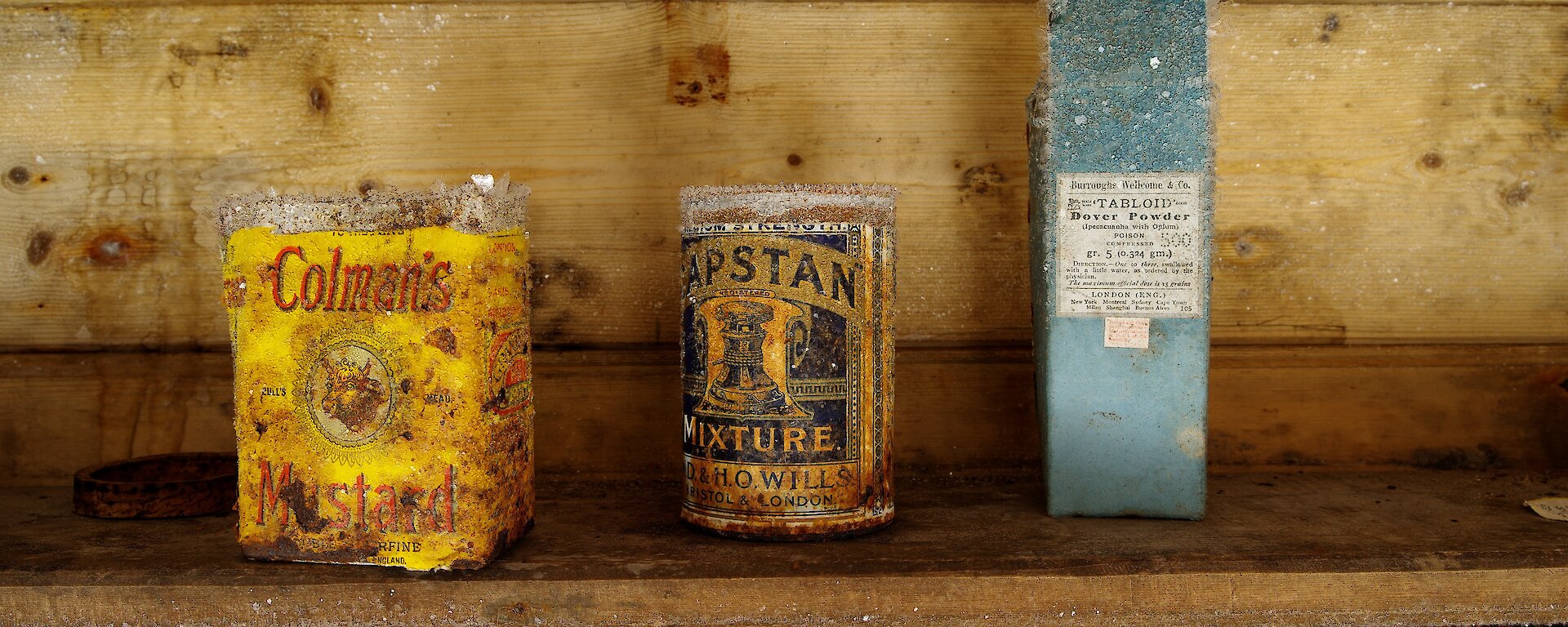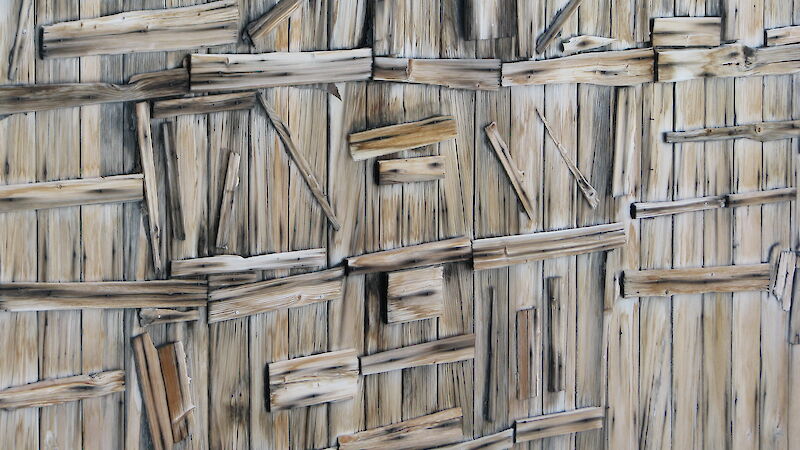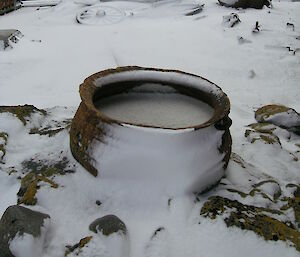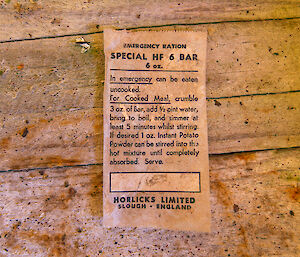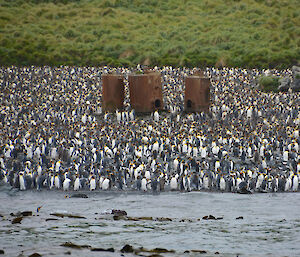The AAD to take a values-based approach to looking after our cultural heritage. Cultural heritage significance in Antarctica is identified using a set of criteria. These are the same sort of criteria that are used to assess heritage sites in Australia.
Places and objects may qualify as 'heritage' because they:
- have historic importance
- are rare
- provide an opportunity for research
- are particularly representative of a type
- have aesthetic appeal
- are evidence of creative or technical achievement
- have associations with social groups or significant people
Why manage our cultural heritage
Cultural heritage management aims to understand, preserve and provide access to culture. By doing this, we are better able to make sense of the present.
We understand the past and the present in many ways. These include oral history and traditions, documentary records (written, pictorial and archival), and other material manifestations of human interaction with the environment. Key manifestations are sites, monuments, objects and buildings.
Focus
Cultural heritage management focuses on evidence provided by cultural resources and traditions. Cultural heritage activities are concerned with the material or behavioural manifestations of cultural practices (also known as cultural material, cultural resources and cultural property).
These consist of:
- Moveable cultural heritage objects (artefacts). This includes objects that are associated or not associated with a site, building or other place. The AAD maintains an Antarctic artefacts database.
- Heritage places. This includes buildings and groups of buildings, cultural landscapes, sites, monuments, shipwrecks, stations, precincts, archaeological sites and other places. Heritage places can be from history and prehistory.
- Traditions, events and activities. This includes long-distance traverses, memorials for lives lost, exchanges with researchers from other nations, regular changeover celebrations and mid-winter dinners.

